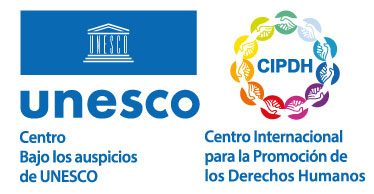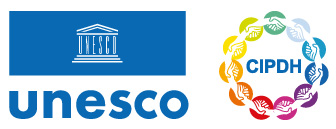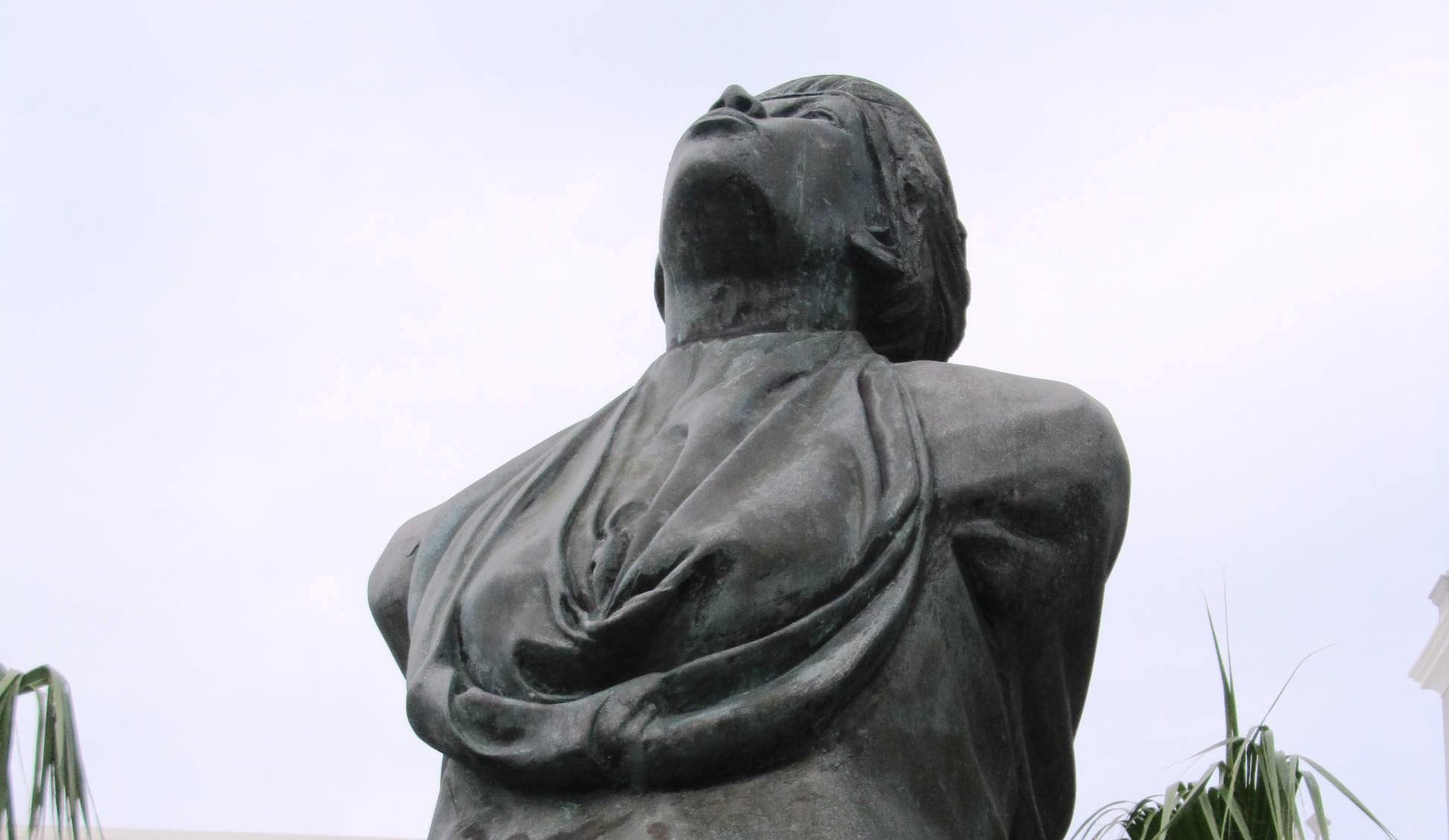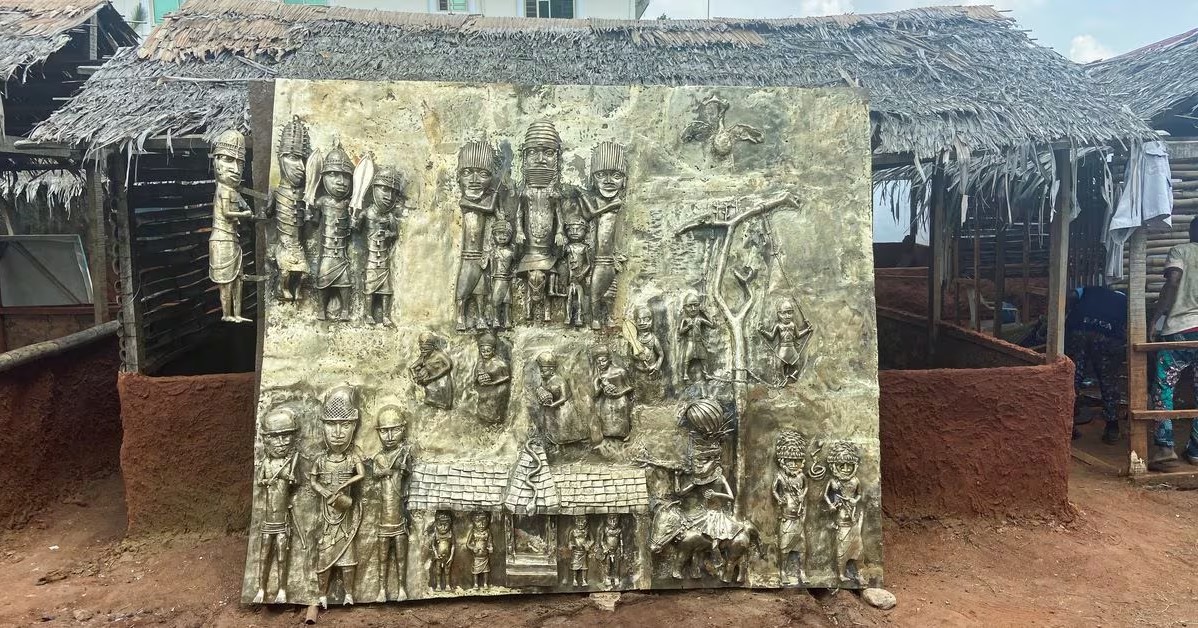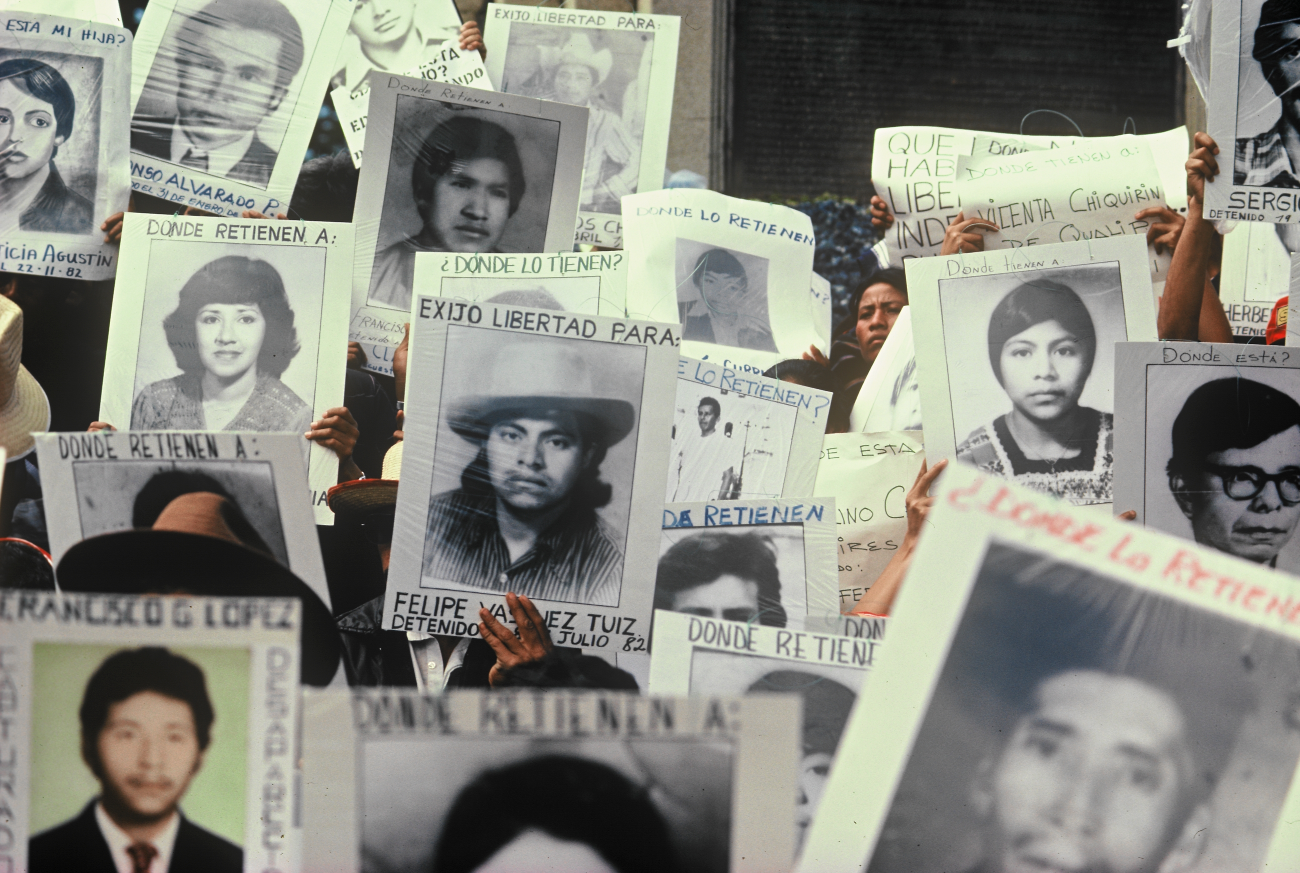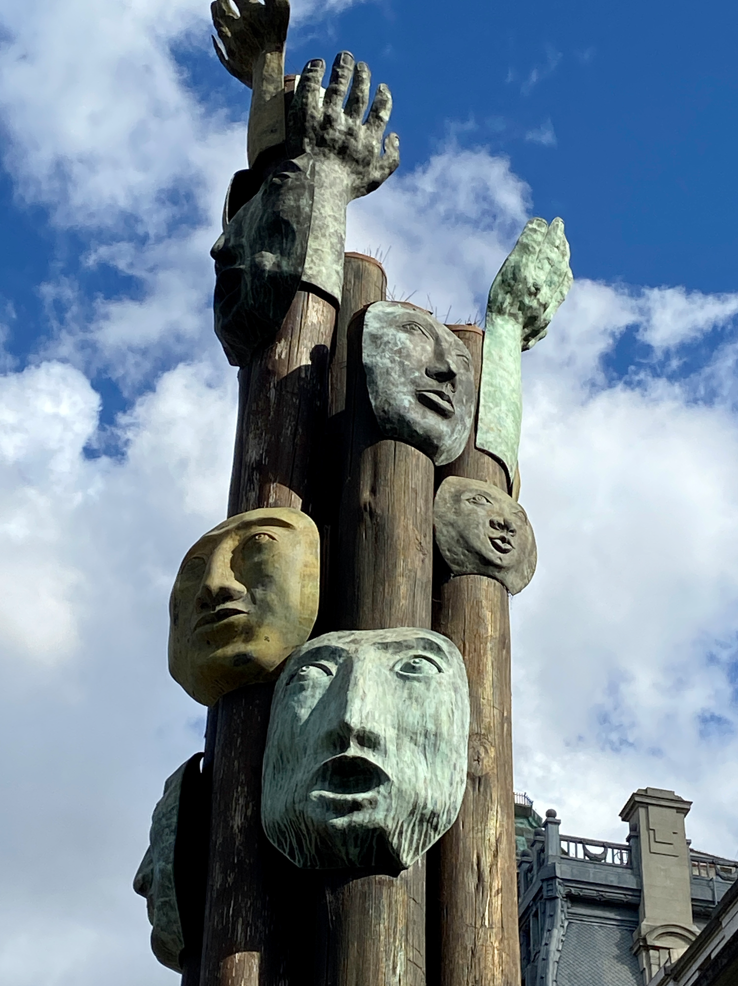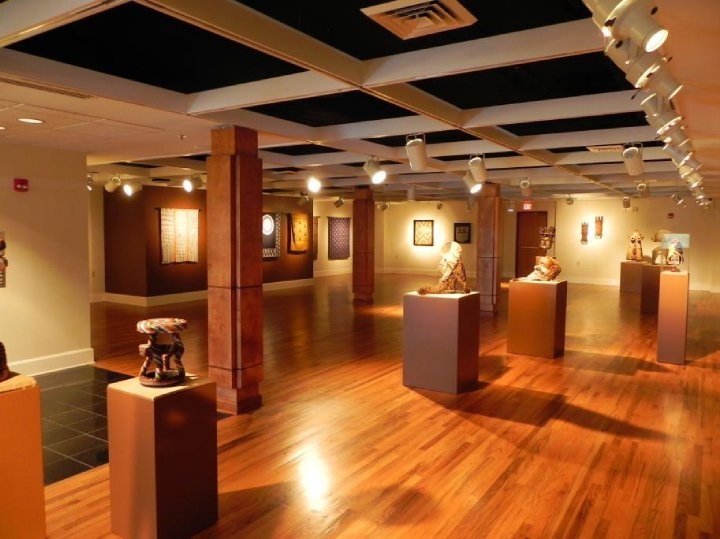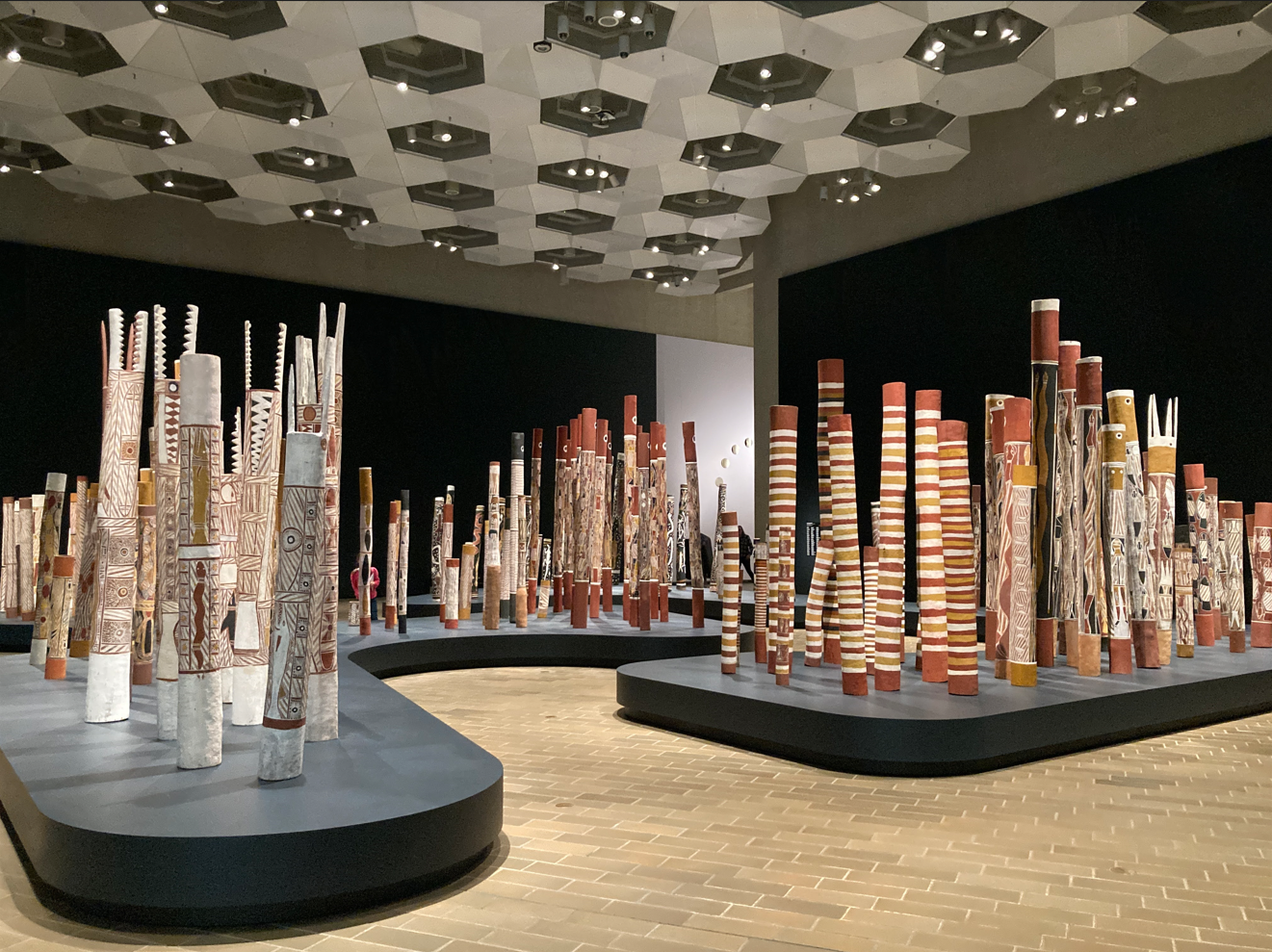Monument to the victims of the Kamloops Indian Residential School
Monument
Theme: Genocide and/or Mass Crimes

Address
330 Chief Alex Thomas Way
Country
Canada
City
Kamloops
Continent
America
Theme: Genocide and/or Mass Crimes
Purpose of Memory
To create a resting place and honor the memory of minors who were victims of residential schools for the forced assimilation of the indigenous population in British Columbia.
Public Access
Free
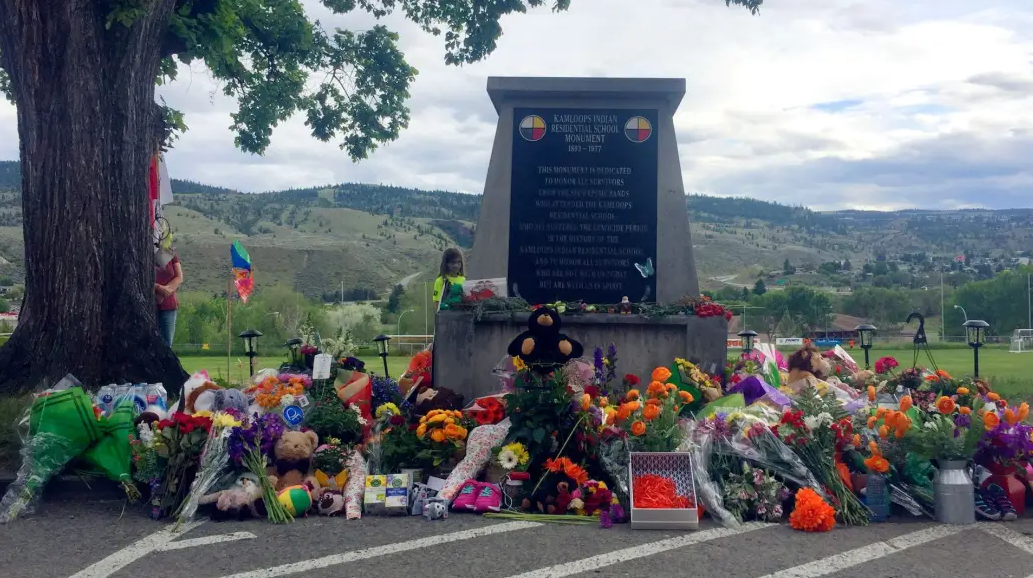
Location description
The memorial for the indigenous children who were victims of the residential system for the forced assimilation of Canada’s indigenous population consists of a monument on the site of the Kamloops residential school. In front of the façade of the former Kamloops residential school is a pyramid-shaped trunk monument surrounded by offerings from the community. The monument has a square base on which it stands a concrete pyramid trunk with four sides bearing plaques with inscriptions honoring the memory of the victims and their families. Relatives of the victims and Canadian citizens visit the site, placing flowers, letters, stuffed animals, posters, shoes and balloons at the monument’s foot.
On commemorative dates, traditional drumming and candlelight vigils are held there. Visitors often wear orange T-shirts or leave them as offerings. Also, every September 30, many Canadians wear orange shirts in honor of Phyllis Jack Webstad, who was stripped of the orange shirt she wore when she was admitted to the residential school. This date, called National Truth and Reconciliation Day, seeks to raise awareness of the rights of indigenous peoples and to commemorate the victims of the residential school system.
In response to the “Indian problem”, Canada’s colonial governments developed a policy of forced assimilation between 1840 and 1910, aimed at culturally integrating indigenous children into the Anglo-Saxon and French, white, Western and Catholic culture that had been dominant in the country since the 17th century. In this framework, the natives known as First Nations were displaced by the Canadian government and defined as “savages and inferiors”, forced to assimilate the white culture in order to survive in a capitalist society and not become a perceived obstacle to development.
As part of this policy of cultural assimilation, an Indian Residential School System was implemented between 1863 and 1996, consisting of a compulsory boarding school scheme for indigenous children and youth, created with the support and funding of the State and managed by religious congregations. The aim of the boarding schools was to Christianize, civilize and integrate the First Nations into Euro-Canadian society and the traditions of the settlers by “elevating” the supposedly inferior indigenous culture.
By 1867 the government was established as responsible for the education of the natives and in 1876 the responsibility was extended to the care and education of indigenous children. At the same time, in 1876, the Indian Act (“An Act to amend and consolidate the laws respecting the Indians” according to the minutes of the Canadian Parliament) imposed oppressive policies and controls on the indigenous population, confining them to live in reserves. Finally, in 1920 and in view of the failure of the cultural assimilation measures, residential schools were made official through a change in the Act that established the obligation of indigenous children to live in residential schools, labeling as criminals those who refused.
The Indian Residential School System sought to eradicate indigenous culture by interrupting its generational transmission and removing children from the community. The schools were located far from the communities to promote the isolation of the minors and avoid contact with their culture.
All children over the age of 6 were forcibly separated from their families and communities to live in isolated boarding schools where they were forced to speak English and/or French, learn trades, work and convert to Christianity, and where they were forbidden to speak in their mother tongue, wear their clothes or practice their religion, customs and cultural habits under threat of punishment. The establishments had poor food and sanitary conditions and recorded child exploitation, racist aggressions, punishments, mistreatment, physical, sexual and emotional abuse.
It is estimated that there were around 139 schools that housed 150,000 native minors who never returned to their communities, died in unknown circumstances or disappeared.
Since 1940, some reports began to suggest the replacement of residential schools by provincial schools to integrate indigenous children. In 1975, some cases of physical and sexual violence in the residential schools were investigated, but only two clergy men confessed to abuse, and they were relocated to other dioceses. In 1986 the natives demanded their self-determination and closed most of the institutions. Since then, the first denunciations of abuses and the plan of cultural destruction carried out by the State and the Catholic church through the residences began to appear.
In 1989, the Truth and Reconciliation Commission began to investigate the cases, listening to the testimonies of victims and witnesses, and determined that the victims should be compensated and the aggressors brought to trial. About eleven perpetrators were convicted and by 2002, more than 10,000 complaints had been filed.
The Kamloops Residential School, created in 1890 by the Catholic Church and located in the province of British Columbia, was the largest school in Canada, housing about 500 indigenous children by 1950. By the year 2000, the chance discovery by a passerby of a rib and a child’s tooth in the school’s premises generated a search that resulted in the discovery of 215 children’s remains in a mass grave in 2021. The school’s inspection was carried out by georadar by an anthropologist and by the Native Nation Tkémlúps te Secwépemcha. This case prompted searches in other boarding schools and a request to the International Criminal Court. Mainly the indigenous groups asked for an expert appraisal of the old residential schools, starting the investigations with ground penetrating radars.
At the Marieval Indian Residential School, a group from the Cowessessess First Nation found 751 unmarked graves. At the Kuper Island boarding school, demolished in 1980, there was an industrial school where two girls drowned while running away and which was set on fire by its inhabitants in 1896. The Penelakut Nation found 160 unidentified graves there and its survivors have erected a memorial to remember the victims.
So far, 6,000 indigenous children have been identified as buried anonymously on the grounds of the residences and searches continue, estimating that the number could be as high as 30,000.
The Canadian Constitution currently recognizes three indigenous groups: the First Nations (which include 64 communities), the Métis and the Inuit. Leaders of these groups have denounced state and religious leaders for serious human rights violations and are working with museologists and forensic experts to establish the causes of death.
At the site of the Kamloops school, the victims’ relatives built a makeshift altar to re-signify the site and turn it into a resting place for the children. At the same time, the community began to leave children’s shoes in squares, parks and public buildings, turning them into a symbol against oblivion and a reminder of the victims. Throughout this process of discovery, eight churches were incinerated and the statues of Queen Victoria and Queen Elizabeth were demolished.
In 2008 Stephen Harper, Canada’s then Prime Minister, issued an apology on behalf of the Canadian government, announced a compensation for victims and established the Truth and Reconciliation Commission as responsible for the investigation and compensation.
The Truth and Reconciliation Commission’s 2015 report gathered victim testimonies and documentary sources estimating that 1 in 50 of the minors sent to the residences died in those institutions being around 6,000 in total and labeled the policy as a “cultural genocide.” A group of UN rapporteurs has called for an inquiry into the internment and asked the Vatican to collaborate in the investigations. In response to the demand for a letter of public apology, Canadian Prime Minister Justin Trudeau expressed his regret and promised to compensate the families of the victims.
Despite the financial compensation that the victims and their children have received, there is evidence of trauma at the intergenerational level in which victims and family members show persistent sequelae of trauma, illness, addictions, depression, suicidal tendencies, emotional conditions and other behaviors resulting from the separation from their families, the loss of their way of life and the degradation of their culture.
In 2022 Pope Francis visited Canada to apologize on behalf of the Catholic Church, which had to sell more than 40 properties to deal with abuse claims.
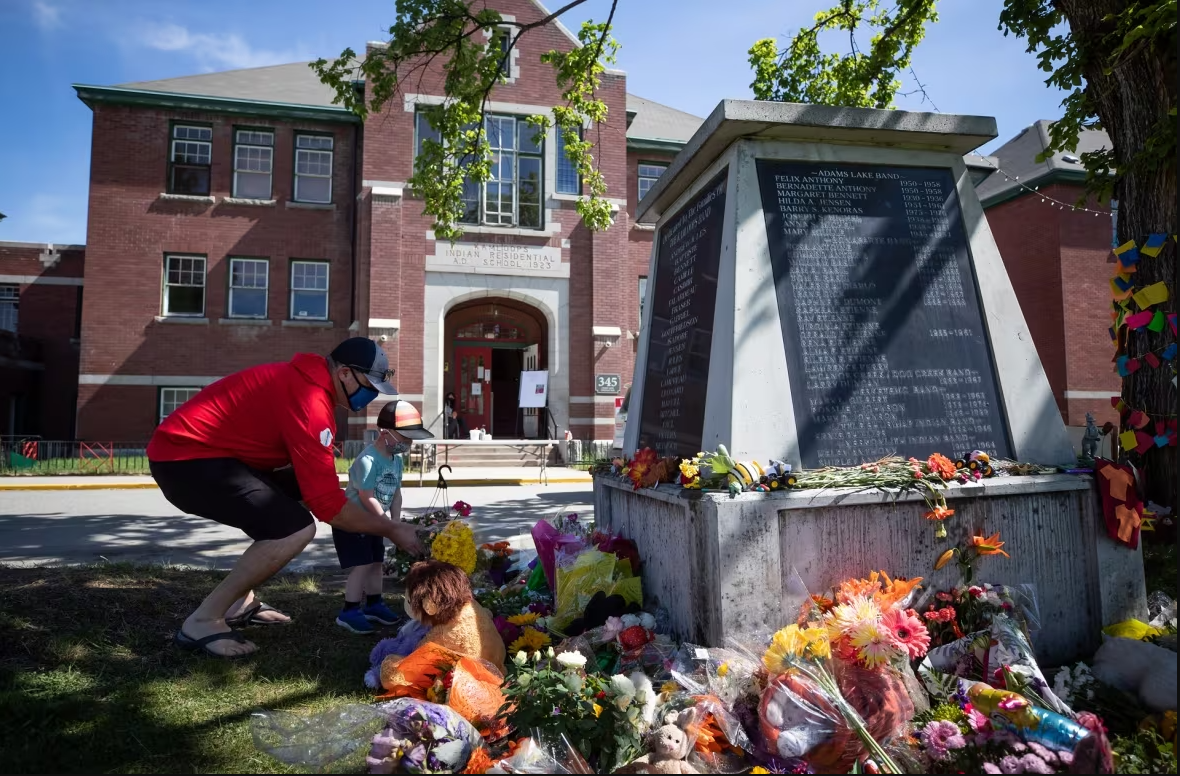
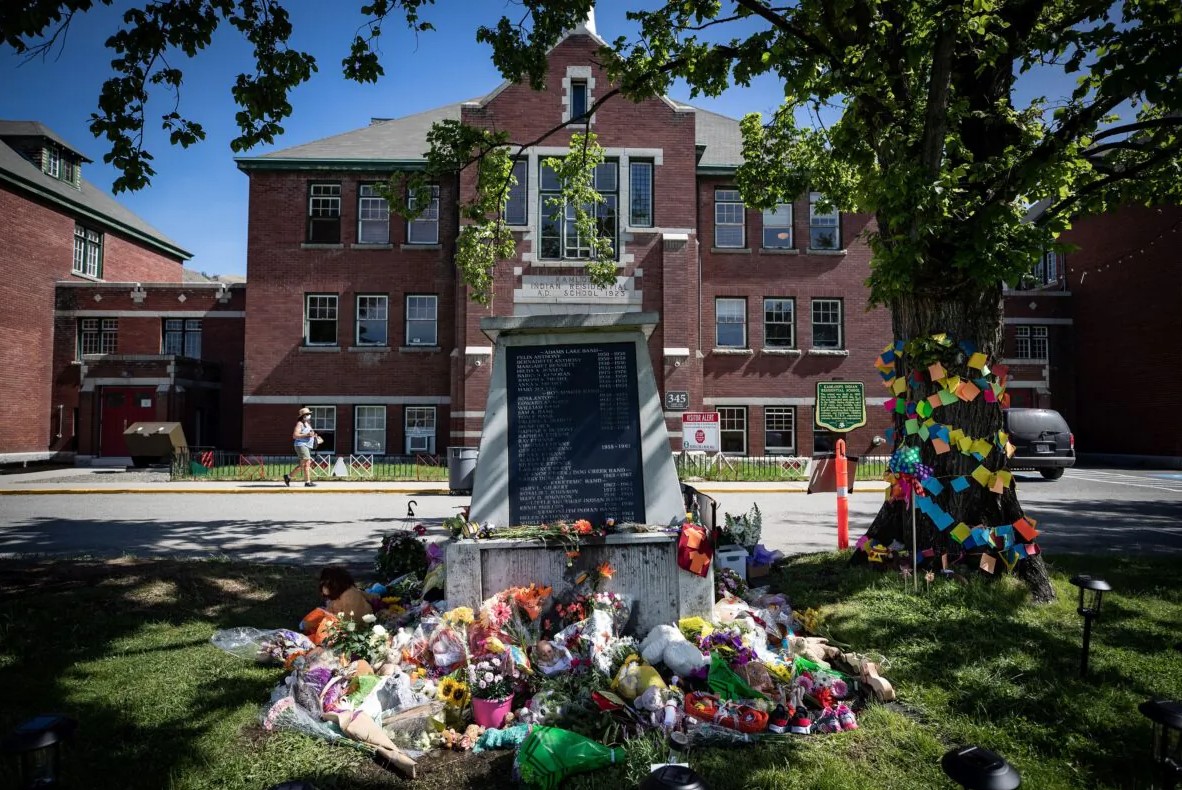
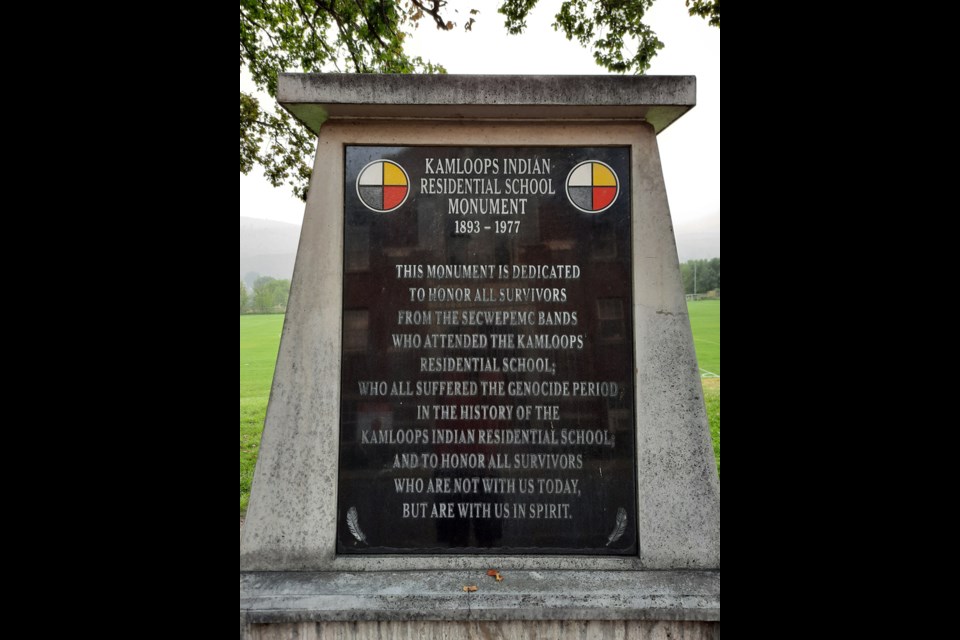
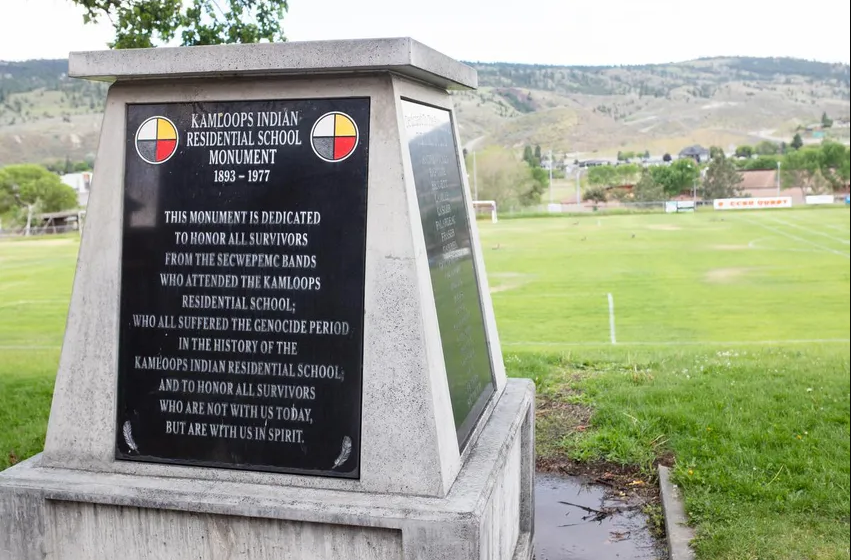

Links of interest
IRSHDC : School : Kamloops (BC) [868]
Hallan 751 tumbas en otro internado para niños indígenas en Canadá - BBC News Mundo
Canada: Remains of 215 children found buried near Kamloops Indian Residential School | CNN
Hallan más de 700 tumbas anónimas en otro internado de menores indígenas en Canadá
Trudeau indemnizará a los familiares de los niños muertos en internados para indígenas
Canadá - IWGIA - International Work Group for Indigenous Affairs
Horror en la historia de Canadá: las tumbas indígenas sin identificar - Humanium
Truth and Reconciliation Commission | The Canadian Encyclopedia
Ascienden a más de 750 las tumbas de niños indígenas en otro internado en Canadá
El pasado oscuro de Canadá: "Lo que hicieron fue un genocidio" | Actualidad | Cadena SER
Hallan más tumbas de niños en otro internado en Canadá – DW – 24/06/2021
